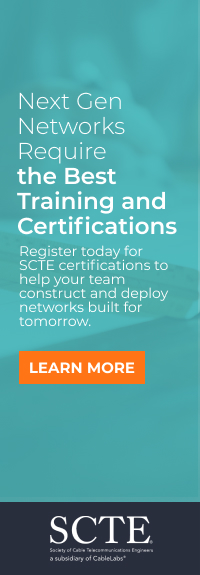Human-AI Cognitive Friction
Agentic Intelligent User Interfaces:
The Breakthrough Solution
AI-Driven Cognitive Adaptation
The breakthrough lies in Agentic, World Model, Intelligent User Interfaces—dynamic systems where artificial intelligence constantly creates and adjusts personalized information environments based on individual cognitive signatures, current mental state, and decision-making context. Instead of forcing users into fixed interface designs, Agentic AI develops adaptable interfaces that align with human cognitive structures through a dynamic "cognitive collaboration loop,' in which AI systems continuously observe and interpret cognitive signatures.
This marks a fundamental shift from technology-focused to human-focused design. The AI component functions as a cognitive guide, partner, engineer, and protector, constantly learning individual patterns while guarding against cognitive overload and decision-making errors.
Cognitive Signatures: N=1
One of the problems with data-informed decision-making is creating systems with irrelevant personalization features. For instance, allowing users to customize their color palettes lacks a scientific basis for enhancing decision-making. Still, these features are often included in systems. On the other hand, the order of data and semantic components greatly influences decision-making, but these aspects are not given priority for new features. With Agentic and World View AIs, we can make an order of magnitude leap in organizational data exploration and decision-making by aligning with the brain at a cognitive level—N=1.
Using a measure of one, we start to understand individual decision-making styles, personalized data analysis, risk tolerance, analytical preferences, and systematic biases in technology interactions. Research shows that the same data displayed through different visualization methods can produce very different cognitive results for other people, highlighting the need for cognition-driven rather than data-driven interface design. Agentic AIs, when combined with world models, gain a deep understanding of each user's unique mental models—how they perceive relationships between variables, their intuitive decision-making processes in complex situations, their emotional reactions to uncertainty and risk, and their common decision-making errors.
This Cognitive Signature recognition operates across multiple dimensions:
- Processing Style Identification determines whether users prefer analytical detail-first exploration or intuitive pattern-first understanding.
- Attention Pattern Analysis tracks how users naturally navigate through complex information spaces.
- Memory Pattern Optimization adapts information presentation to align with individual memory formation preferences, as research shows individuals create distinct memory representations from visual versus described perspectives.
- Decision Context Sensitivity recognizes that individuals may require different cognitive support for various types of decisions.
Real-Time Dynamic 3D Cognitive Spaces
Instead of presenting information through static two-dimensional displays, Agentic, World View intelligent interfaces create navigable three-dimensional environments where information relationships are spatially represented based on individual cognitive preferences. These environments function as "Multi-Dimensional Object Spaces"—spatially organized information structures where concepts, relationships, and temporal sequences are arranged within navigable frameworks, understanding the specific cognitive structure of the individual user.
Users can navigate information space following natural exploration patterns instead of being limited by technical, deterministic features and hierarchical menu systems. Critical information moves toward visually prominent locations, while supporting semantic elements and details stay accessible but unobtrusive.



















